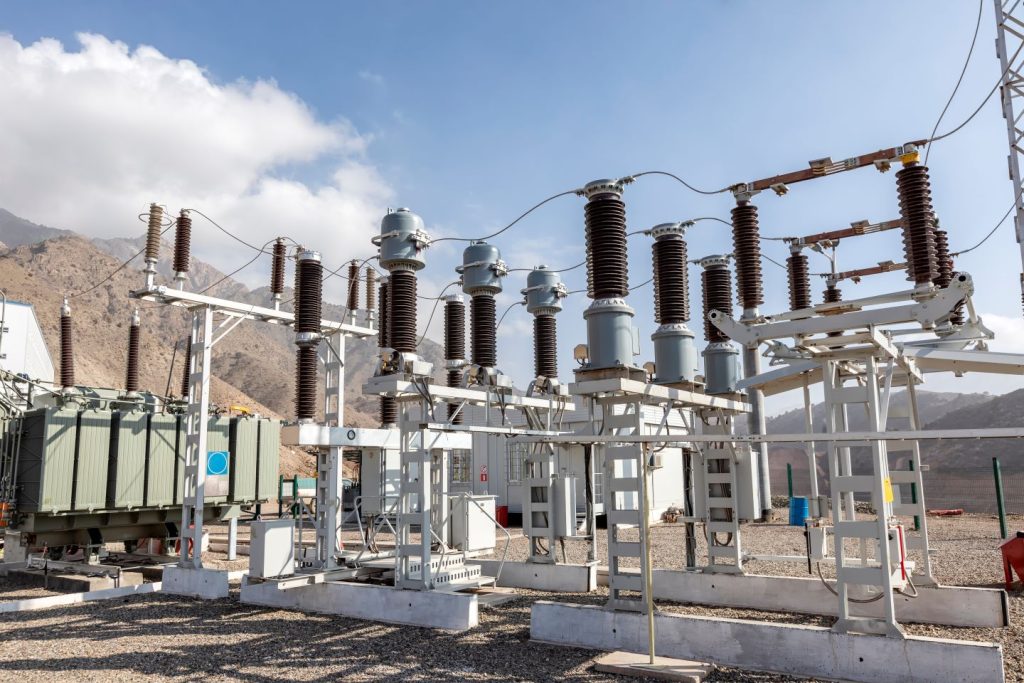Listen to the article
Key Takeaways
Playback Speed
Select a Voice
Mining’s Electrification Journey Faces Infrastructure and Cost Hurdles
Recent advances in electric vehicle and battery technology have created viable pathways for electrifying large-scale mining equipment, including massive haul trucks. However, a new industry survey reveals significant challenges still impede widespread adoption, with power infrastructure requirements and technology costs emerging as the primary barriers.
According to a GlobalData survey conducted on Mining Technology in
Subscribe to Continue Reading
Get unlimited access to all premium content
Mining’s Electrification Journey Faces Infrastructure and Cost Hurdles
Recent advances in electric vehicle and battery technology have created viable pathways for electrifying large-scale mining equipment, including massive haul trucks. However, a new industry survey reveals significant challenges still impede widespread adoption, with power infrastructure requirements and technology costs emerging as the primary barriers.
According to a GlobalData survey conducted on Mining Technology in mid-2024, more than a quarter of respondents identified power infrastructure as the main obstacle to investing in battery-electric vehicles (BEVs) in mining operations. Nearly as many (24%) cited technology costs as their principal concern.
The survey also highlighted other significant barriers, including regulatory uncertainty (18%), limited return on investment (17%), technology readiness (8.2%), and skills requirements (7.7%).
The power infrastructure challenge is particularly acute for mining operations, which often operate in remote locations. Electrifying mining fleets requires robust infrastructure—charging stations, low-carbon generation capacity, and energy storage systems—that can be difficult to deploy in isolated areas.
“Energy infrastructure is going to play an important role. Whether the mine is remote or connected to the grid, having clean and cost-effective energy available is key,” said Ratna-Kanth Dittakavi, global eMine sales manager at ABB.
Alex Phillips, energy transition analyst at GlobalData, notes that energy supply can be secured through power-purchase agreements or on-site renewable installations. “Regardless of the mine location, utility-scale energy storage will be key to ensuring a stable electricity supply for operations,” Phillips said, adding that “developing co-located energy storage capacity presents an additional cost barrier to transitioning to renewable electricity.”
The financial challenge is equally daunting. Research indicates that battery-electric mining trucks can cost twice as much as their diesel-powered counterparts, creating a significant capital expenditure hurdle for mining companies—especially given uncertainties about long-term operational performance.
As Dittakavi explains, “If your trucks have to stand still to charge, you need more trucks to move the same amount of material, which increases the capex.” Although potential operational savings exist through eliminated fuel costs and reduced maintenance, 17% of survey respondents still view limited return on investment as a key adoption barrier.
Regulatory uncertainty further complicates the transition. Different countries impose varying standards and incentives for BEV deployment, creating what Phillips describes as “a complex compliance landscape for miners.” Europe’s stringent emissions regulations are driving adoption, while the U.S. lacks clear regulatory frameworks and incentives, potentially delaying investment.
“This uncertainty increases risk for mining companies, particularly when considering the capital-intensive nature of fully electrifying fleets,” Phillips explained. “Furthermore, regulatory delays on charging infrastructure or battery safety standards such as battery disposal and recycling regulations add complexity to the transition.”
Despite these challenges, major mining companies are pushing forward with pilot projects. Fortescue has emerged as an industry leader, signing a $2.8 billion (A$4.3 billion) deal with Liebherr in September 2024 to develop one of the world’s largest zero-emission mining fleets, comprising 475 machines for its Western Australia operations.
Both BHP and Rio Tinto are trialing battery-electric haul trucks in their Pilbara iron ore operations through collaborations with Caterpillar and Komatsu. Vale has introduced battery-powered trucks in Brazil and Indonesia, while planning additional tests at Minas Gerais with Caterpillar. The companies are also exploring dual-fuel solutions using ethanol and diesel.
Hitachi Construction Machinery and ABB are jointly developing a full battery-electric rigid dump truck, with a prototype currently being tested at First Quantum Minerals’ Kansanshi copper-gold mine in Zambia. The truck utilizes existing trolley lines to charge while in motion, maintaining productivity.
In China, Eacon Mining has supported the deployment of 29 Yutong EY70E battery-electric mining trucks in the Pingyin and Shuichang quarries, along with three battery-powered XCMG EX80 models at Zijin’s Zijinshan copper-gold mine.
A lack of standardization across equipment manufacturers poses another challenge. “The challenge mining companies are facing is they do not want to lock in with a single OEM truck, but different OEMs have different electrical specifications,” noted Dittakavi. “How would a customer install an infrastructure that could run both of these trucks with different voltage levels?”
Industry collaboration will be crucial to addressing these interoperability challenges. ABB has been developing technology-agnostic solutions based on “open standards and open communication protocols” and has formed strategic partnerships with Komatsu, Epiroc, and Sumitomo Corporation to advance mining electrification.
The outlook for BEVs in mining shows promise but requires patience. As of March 2025, GlobalData was tracking 271 trolley-assist trucks on surface mines and 387 battery-powered surface trucks globally, plus 293 electric loaders and 89 electric trucks in underground operations.
“Miners are showing increasing signs of adopting EVs driven by environmental goals, improved operational efficiency and long-term cost savings,” says Phillips. “However, the level of investment needed to develop complete electric ecosystems within mines makes full fleet electrification unfeasible in the near term, with commercial viability expected between 2035 and 2040.”


